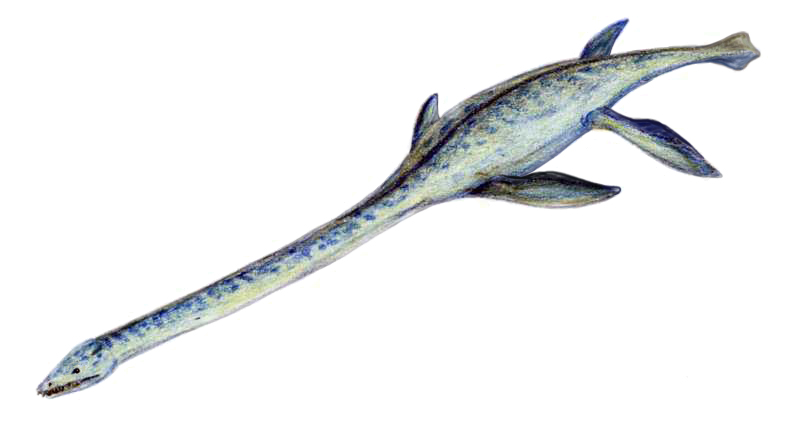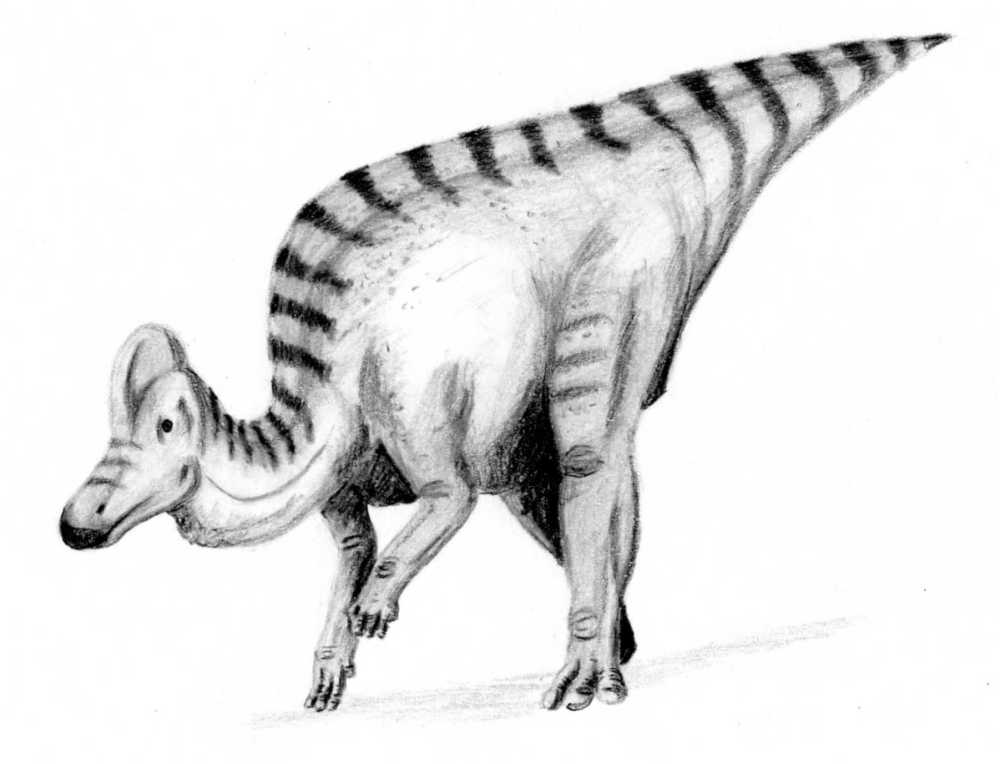If Jurassic World was set in Canada these would be the stars
Digital Reporter
Monday, June 15, 2015, 4:19 PM - Dinosaur fever is in full swing with 'Jurassic World' playing in movie theatres in multiple countries, In the film, the Jurassic World luxury resort is located off the coast of Costa Rica. If it was set in Canada, its cast of characters may have looked a little different. Here are some amazing dinosaurs that roamed modern-day Canada millions of years ago.
1. Elasmosaur

Courtesy: Wikipedia
Fossils belonging to this massive sea serpent were notably discovered in B.C.'s Comox Valley by an amateur father and daughter team in 1988.
Professional paleontologists had surveyed the area for more than a century, but it took the work of Mike Trask and his 12-year-old daughter Heather to unveil B.C.'s first Elasmosaur.
Their discovery marked the first time an Elasmosaur was recorded in B.C. and the first time it was found on the western portion of the Canadian Rockies.
This massive sea creature lived some 80.5 million years ago.
2. Ankylosaurus

Courtesy: Wikipedia
The Ankylosaurus roamed western North America (including present-day Alberta) near the end of the Cretaceous period which took place 145–66 million years ago.
This dinosaur was a large animal, reaching a length of 9 metres and weighing up to 6 tonnes.
In March, 2011 a shovel operator discovered fossilized Ankylosaurus bones north of Fort McMurray, Alta.
They were thought to be 110 million years old.
3. Edmontosaurus

Courtesy: Wikipedia
This large terrestrial herbivore lived some 73 and 66 million years ago.
Edmontosaurus is a genus of duck-billed dinosaur that contains two known species: Edmontosaurus regalis and Edmontosaurus annectens. Edmontosaurus enjoyed a wide range across western North America, including parts of Alberta and Saskatchewan.
Some of the first Edmontosaurus fossils were discovered in southern Alberta, and the name Edmontosaurus dates back to 1917. It was coined by Canadian geologist and paleontologist Lawrence Lambe.
4. Albertosaurus

Courtesy: Wikipedia
The Albertosaurus -- or 'Alberta lizard' -- is a cousin of the T. Rex.
It lived about 70 million years ago in modern-day Alberta.
Since it was first discovered in 1884, fossils of more than 30 additional Albertosaurs have been discovered.
5. Plateosaurus

Courtesy: Wikipedia
Plateosaurus lived during the late Triassic period, some 214 to 204 million years ago, mainly in what is now considered central and northern Europe.
Fossils have been found in Nova Scotia as well.
This bipedal herbivore had a small head and a long neck. It could grow up to 10 metres in height and weighed up to 4,000 kilograms.
6. Troodon

Courtesy: Wikipedia
The Troodon was a small, bird-like dinosaur that roamed present-day Alberta about 77 million years ago.
This genus had some of the largest brains of any known dinosaur group.
Experts suspect it was a predator, due to the sharp claws on its feet and its excellent vision.
7. Corythosaurus

Courtesy: Wikipedia
This plant-eating species could be found in modern-day Alberta between 77.5 and 74.8 million years ago.
While its beak contained no teeth, its cheek had hundreds of teeth that were used to grind up plant leaves.
Honourable mentions:
Triceratops

Courtesy: Wikipedia
The Triceratops is one of the more famous dinosaurs, right up there with the Tyrannosaurus Rex and the Brontosaurus.
We know this dino was featured in the original Jurassic Park film, but we thought it deserved a mention anyway.
Fossils of this giant herbivore have been found across the Prairies.
It is thought to have measured between 7.9 and 9 metres in length, up to 3 metres in height and weighed between 6 and 12 tonnes.
Its most distinctive feature is its massive skull, which could grow to almost a third of the length of the entire dinosaur.
This creature lived in the late stages of the Cretaceous period between 68 and 66 million years ago.
Tyrannosaurus rex

Courtesy: Wikipedia
The T. Rex became a Hollywood superstar in the 1993 Jurassic Park film.
It lived during the Late Cretaceous period, between 85 and 64 million years ago. In 1991, a T. Rex vertebrae was found in Eastend, Saskatchewan.
A little more digging and the discovery was later named Scotty -- Canada's most complete Tyrannosaurus rex.



